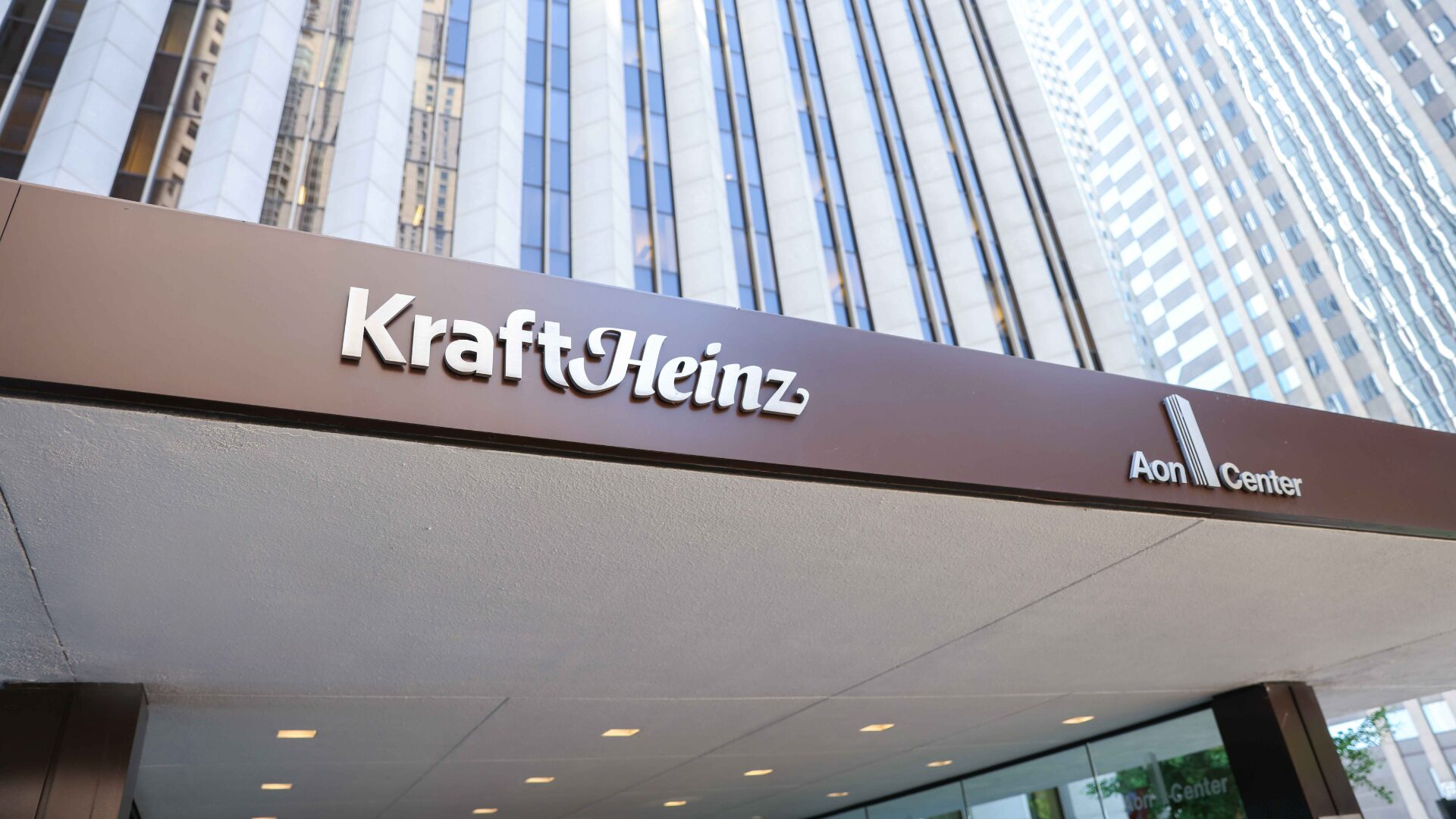Sanctions against Russia for its invasion of Ukraine are hitting the supply of seafood in the U.S., sending prices higher. Data from IRI pegs fresh fish volume prices up 8.9% for the 52 weeks ended March 20, and frozen unit prices up 6.1%.
Supplies of crabs, cod and Alaskan pollock, the latter used in frozen fish sticks and fast-food sandwiches, are expected to tighten significantly, the Associated Press reported (March 31). The country exported more than 28 million pounds of fish to the U.S. in the two years that ended Jan. 31.
A 2020 report from the U.N. Food and Agriculture Organization noted Russia was the fifth-largest producer of wild-caught fish and a world leader in cod exports.
“When a significant source of supply disappears without a corresponding reduction in demand, prices rise. I expect the main beneficiaries to be the primary producers and harvesters with the consumers – both retail and food service – bearing the cost,” Dane Chauvel, CEO and director at Organic Ocean, told The Food Institute.
CAN U.S. STEP UP PRODUCTION?
IntraFish reported (March 31) U.S. crab harvesters were unlikely to fill the gap left by Russia because of government quotas. Overfishing off the U.S. decimated the domestic cod fishing industry. The annual catch has fallen from 100 million pounds in the early 1980s to just 2 million pounds in 2020.
“Processors will try to mitigate the impact with more processing of other bottom fish similar to cod such as haddock and hake, Jon Stamell, CEO of customer data platform Oomiji. “There will be similar impacts with crab but less is consumed in the U.S. than cod.
“We can expect shrimp to be the biggest beneficiary at the consumer level.”
SUPPLY CHAIN SNAGS
“The supply line of cod and crab were already badly strained from COVID shutdowns, transportation backlogs and tight labor markets before Russian military action,” noted Wayne Samiere, founder and CEO of the Honolulu Fish Co. “Crab supplies, particularly king crab, will become like gold – expensive and hard to find.”
Blocking Russian imports was expected to affect processors on both coasts and could lead to layoffs unless replacement stocks can be obtained from producers such as Norway, Iceland and Canada.
“Since the ban has been delayed to June 23rd, 2022, the full effects to the supply chain might not be felt until later this summer as companies that had Russian imports on order are now allowed to accept their product up until that date,” said Monica Talbert, founder and CEO of Plant Based Seafood. “The scramble to find replacement for products that come directly from Russia will continue to put pressure on an already extremely strained global seafood supply chain.”
RESTAURANTS’ PERSPECTIVE
Andrew Crook, head of the National Federation of Fish Friers, said British fish and chips shops, many of which were expected to go out of business this year, will face even more trouble amid rising prices and a 35% tariff imposed on Russian whitefish.
The AP said prices already are spiking in Japan.
Data insight firm Kantar noted chilled seafood sales fell in January in Britain largely due to inflation, down 1.2%. Battered fish took even more of a beating, off 13.4% from last year, SeafoodSource reported (March 30).
“Price inflation is across the board in the food world, but you’ve still got to eat,” Chauvel said.
Editor’s note: Additional reporting provided by Grace Garwood.












